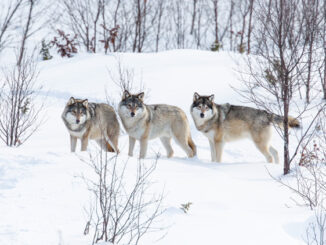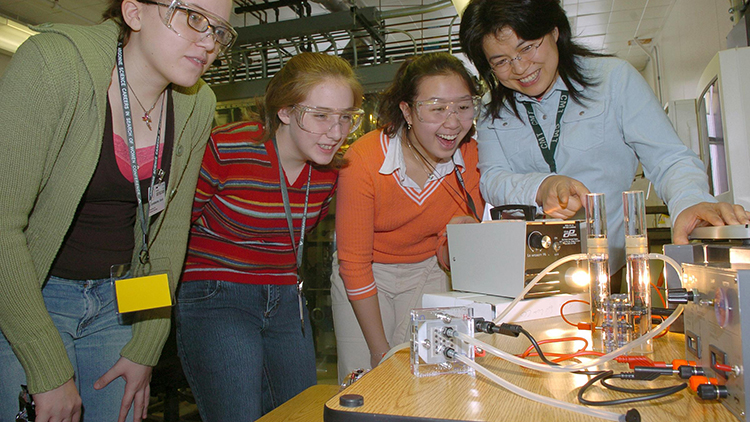
The Navajo language, or Diné bizaad, is the most commonly spoken Indigenous language in the United States. About 170,000 people speak it fluently. Roughly 7,600 of those are Navajo-only speakers. But the number of Navajos who speak the language has declined over time. In 1980, about 93 percent of Navajos spoke the language. Thirty years later, only 51 percent of Navajos spoke it. However, many in the Navajo community are fighting to keep the language alive.
Navajos call themselves Diné, which in their language means “the people.” The Navajo language is part of the Athabascan language family. Most Indigenous groups who speak these languages live in Alaska and Canada. Yet the Navajo Nation is far away.in the Southwest. So why do Navajo speak the language they do? Historians believe the Navajo people emigrated south from Canada roughly 600 years ago. When they did, they brought their unique language with them.
Today, educators are working to preserve the language. Elfreida Begay teaches Navajo to her students at Durango High School. As of 2023, she was the only teacher authorized to teach the language in the state of Colorado. She explains that teaching Navajo to students is one way of “saving [her] people’s language from extinction.” Sylvia Jackson teaches Navajo in Holbrook, Arizona. Her parents grew up speaking the language. She relies on their knowledge of Navajo to help teach her students.
Navajo can be challenging to learn. This may be partly why the number of Navajo speakers has declined. Navajo is a tone language. This means that words spelled the same way can have different meanings based on the speaker’s pitch. Navajo also has challenging grammar and syntax [the order that words are put together]. In the 1940s, the US Army relied on the Navajo language and native speakers to send coded messages. At the time, the United States was at war. The Army needed to send messages their enemies couldn’t understand. They decided to use Navajo. The speakers who transmitted the messages became known as the Navajo Code Talkers. Their efforts helped the United States win the war.
Outside of schools, people are finding ways to keep younger generations interested in Navajo. Manuelito Wheeler decided to dub Star Wars into Navajo [translate the dialogue from a film or TV show into a different language]. He hired Navajo speakers to voice the roles of Luke Skywalker, Princess Leia, and others. The Navajo version of Star Wars was so popular that Wheeler kept going. He later dubbed Finding Nemo. Both Navajo dubs can be streamed on Disney+. At one screening, Wheeler saw a grandmother and her grandchild enjoying Star Wars in Navajo. He said it was his proudest moment.
What Do You Think? Why do you think preserving the Navajo language matters to people?
Photo Credits: John Elk III/Alamy Stock Photo



